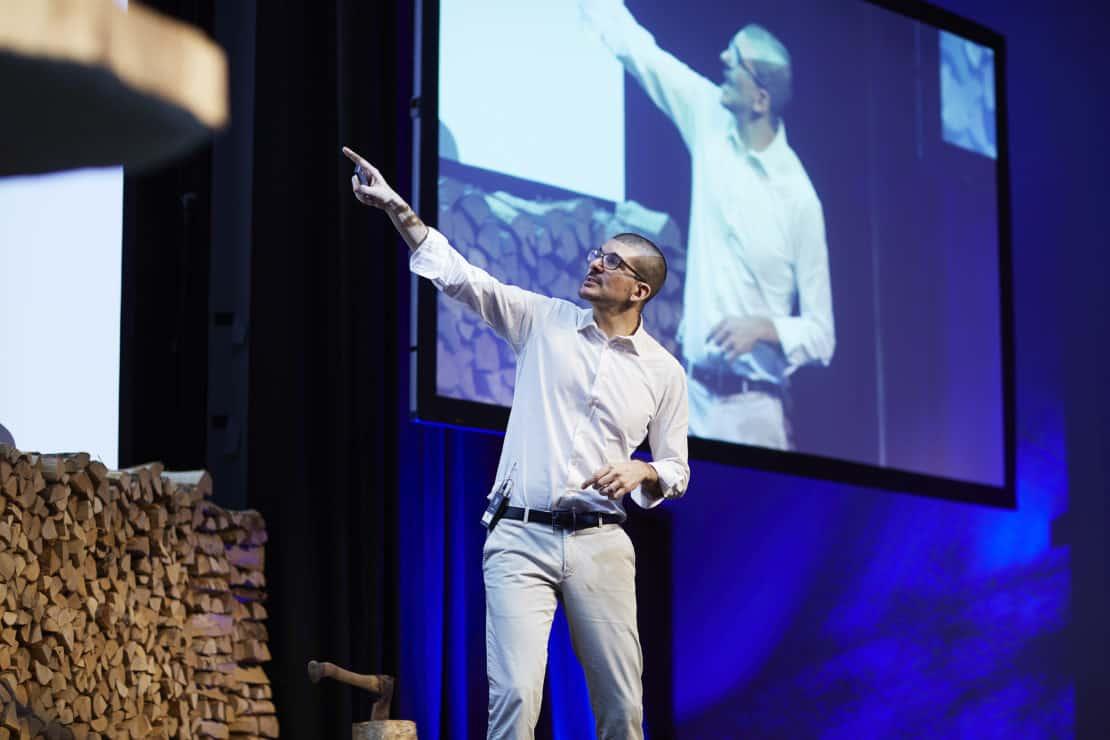7May2018
It’s not enough to focus on the product and technology. Companies that are serious about maintaining success must lead with innovation and business models.
When people call Alexander Osterwalder a consultant, he cringes. He likes to think of himself more as a facilitator who helps bring out the ideas that people already have, and pair them with the right tools and processes. Osterwalder, the inventor of the Business Model Canvas, thinks disruption is real and widespread. No one is protected from failure, he says, and that’s a good thing because it forces innovation.
The leadership challenge
According to a KPMG study that Osterwalder cites, 74% of CEOs are afraid of new entrants disrupting their business model. Despite this concern, these CEOs don’t do enough. “Not because they’re not smart,” Osterwalder says. “Because they’re under pressure from the stock market and investors to focus on the short term.”
People within companies are trying to innovate, but their success depends on the actions of leadership. “What we need is leadership that goes beyond money and lip service,” Osterwalder critiques. “A CEO that doesn’t spend at least 1-2 days [a week] focused on innovation isn’t going to innovate.”
In most institutions, there are two worlds, according to Osterwalder. One world that improves and one world that invents — and the second is where most companies struggle. Each world needs an entirely different way of working, and that’s where Osterwalder sees the challenge. “Companies need a dual culture or dual operating systems,” he says. “And they need to be world-class at both.”
“It’s not just government organizations that are having a hard time, it’s every single company I’ve seen in the world that has a challenge with creating breakthrough growth,” Osterwalder explains. One company that he says has cracked the code is Amazon. “We can all learn from them. It doesn’t matter the industry. You can copy their culture,” Osterwalder exalts.
Product and technology aren’t enough
Not everyone thinks about their business model hard enough to compete beyond products. And, Osterwalder warns, it’s increasingly hard to just innovate on technology and product. “GoPro has a great product and great brand, but their business model is a disaster, and that’s why they can’t keep ahead of the competition,” Osterwalder says.
The range of questions in Osterwalder’s Business Model Canvas is meant to make people think long and hard about the reasons underlying their decisions. Some are about the external parts of the business: Who are my customers? What value am I creating for them? How am I reaching them? Other questions tend to the internal matters: What assets do I need? At which activities do I need to be world-class? Which partners can leverage my business model?
The full set of questions help people articulate their business model, which, in turn, “tells the story of how you create, deliver, and capture value [for your organization],” Osterwalder outlines.
Be aware during success
“When you’re doing well, it’s hard to think of the future,” Osterwalder suggests. “Success is the basis for future failure because you get arrogant and so focused on squeezing every dime out of your success that you kill everything that looks different.” For institutions that are serious about sustaining growth, Osterwalder encourages them to invest in innovation teams or startups and to remember that many experiments will fail. “You need to invest in 10 ideas, and, if you’re a large corporation, invest in 100, because only four are going to outgrow everybody else on a substantial basis,” he justifies.
What does Osterwalder want you to understand? “There are business models out there that will disrupt industries with a completely different way of working. … For most senior executives this is a very hard thing to understand because they’ve lived with the existing business model for their entire career.”
And finally, Osterwalder says: “If you’re competing on products and technology alone, good luck – your risk. Think of competing on business models.”
This article is a part of the Executive Summary of Nordic Business Forum Sweden & Norway 2018. Get your digital copy of the summary from the link below.


